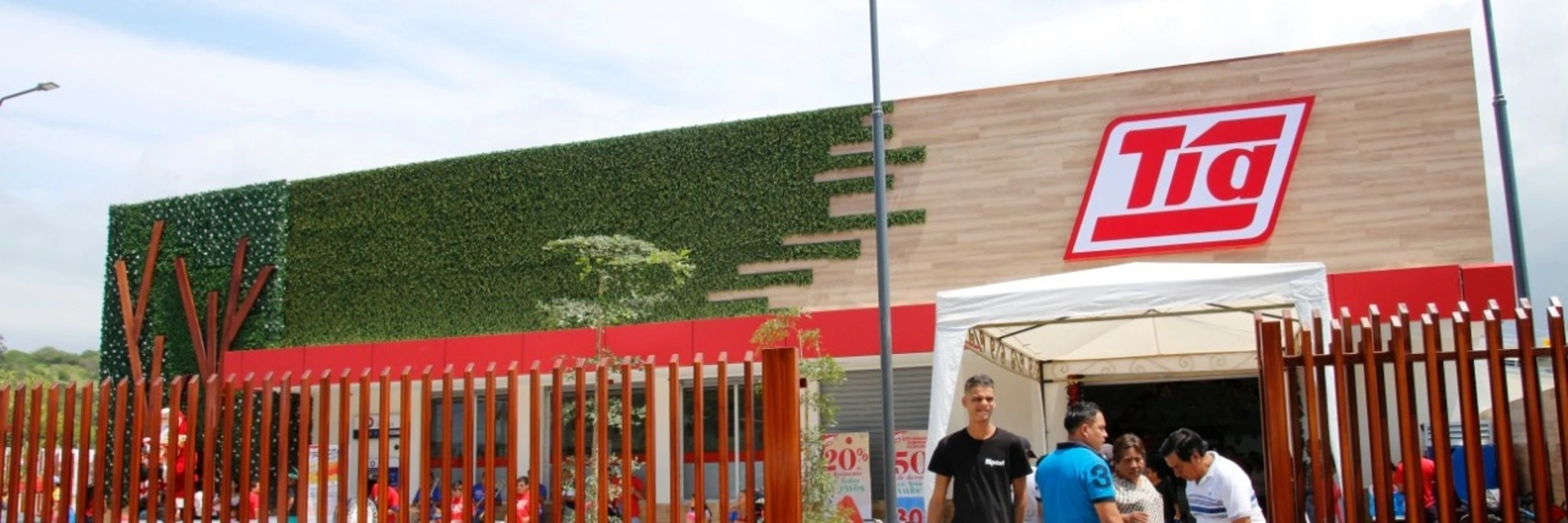Company name
Tiendas Industriales Asociadas TÍA S.A.
Project number
12789-01
Category B projects have potential environmental and/or social impacts and risks that are less adverse than those of a Category A and which are generally limited to the project site, largely reversible and can be mitigated via measures that are readily available and feasible to implement in the context of the operation.
E&S category

B
Country
Ecuador
Sector
Manufacturing
Status
Proposed
Disclosed date
11/12/2019
Projected date at which a project will be put forward for the Board of Executive Directors’ approval.
Projected board date

12/13/2019
Approval date
12/16/2019
Signed date
05/01/2020
Sponsoring entity
N/A
Investment Operations Department Contact
Corporates Division
Investment type
Syndicated amount
USD $ 6,500,000
Financing amount
USD $ 40,000,000
Currency
USD
Project scope and objective
The Project entails financing for: (i) the Company’s expansion, with the opening of up to 100 new stores under its 2019-2021 growth plan; and, if feasible (ii) the construction of a photovoltaic plant in its national distribution center.
The project will allow the Company to increase the volume of transactions with suppliers, many of which are SMEs. The projected expansion will also allow Tía to expand its services within its target market (middle- and lower-class customers), who will benefit from improved access to quality products at competitive prices, as well as better service through online shopping and use of the application.
Addendum: On October 19, 2021, this publication is revised to include a new line of US$ 5MM to be funded by the Clean Technology Fund (“CTF”) to finance the acquisition, installation, operation and maintenance of a portfolio of photovoltaic projects of self-generation in selected locations of Tiendas TÍA.
For information requests about the project.
Request informationLearn more about how we provide private-sector solutions in the region .
Contact information
For information requests about the project.
Request informationAlternatively, you may also use the following contact information :
Client Contact
N/A
PHONE NUMBER
N/A
POST OFFICE ADDRESS
N/A
For information requests about the project.
Request informationLearn more about how we provide private-sector solutions in the region .


Environmental and social review
IDB Invest conducts an environmental and social due diligence (ESDD) commensurate with the nature, scale, and stage of the project, and with its level of environmental and social risks and impacts. The ESDD will confirm the project E&S categorization and assess the project with respect to the client requirements in IDB Invest Environmental and Social Sustainability Policy. The results of the ESDD, including any identified gaps are described in the Environmental and Social Review Summary (ESRS) provided below. For projects approved as of 2016, any gaps with respect to IDB Invest's Environmental and Social Sustainability Policy at the time of the ESDD are addressed in the Environmental and Social Action Plan (ESAP) presented below, to comply with the date mentioned above.
ENVIRONMENTAL AND SOCIAL REVIEW
95.0 Kb
ENVIRONMENTAL AND SOCIAL ACTION PLAN - TIENDAS TIA
205.5 Kb
ESRS TIENDAS TIA -ADDITIONAL INVESTMENT - ENG
286.7 Kb